Woodworking Basic Tool Kit For Beginners – Part 2: Hand Saws
So you want to jump into your woodworking project and make some sawdust, or should I rather say “Man Glitter!” You will definitely need to know more about hands saws and which saw will be appropriate for your application. Here is a brief guide to some basic hand saws and an explanation of their purpose/function. You are welcome to comment and add on to the list if you like.
Hand Saws:
Crosscut Saw:
A crosscut saw (thwart saw) is any saw designed for cutting wood perpendicular to (across) the wood grain. Crosscut saws may be small or large, with small teeth close together for fine work like woodworking, and can be a hand tool or power tool.

Rip saw:
A rip saw is a wood saw that is specially designed for making a rip cut, a cut made parallel to the direction of the wood grain. Rip saws may be small or large, with large teeth further apart for coarse work like log bucking, and can be a hand tool or power tool.
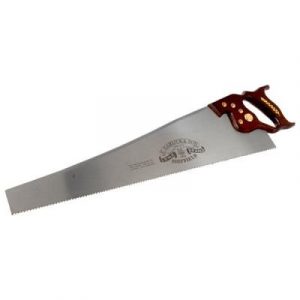
Back Saw:
A back saw is any hand saw which has a stiffening rib on the edge opposite the cutting edge, allowing for better control and more precise cutting than with other types of saws. Backsaws are normally used in woodworking for precise work, such as cutting dovetails, mitres, or tenons in cabinetry and joinery.

Coping Saw:
A coping saw is a type of hand saw used to cut intricate external shapes and interior cut-outs in woodworking or carpentry. It is widely used to cut moldings to create coped rather than miter joints. It is occasionally used to create fretwork though it is not able to match a fretsaw in intricacy of cut, particularly in thin materials. Coping saw blades are always thicker and much coarser cutting than typical fretsaw blades and many others of its family members. Coping saws can however cut slight bends in the work, allowing circles to be cut if used carefully.
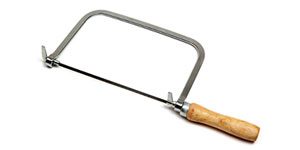
Hacksaw:
A hacksaw is a fine-toothed saw, originally and principally made for cutting metal. They can also cut various other materials, such as plastic and wood. Most hacksaws are hand saws with a C-shaped frame that holds a blade under tension. Such hacksaws have a handle, usually a pistol grip, with pins for attaching a narrow disposable blade. The frames may also be adjustable to accommodate blades of different sizes.
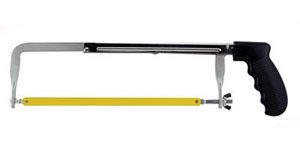
Dovetail Saw:
Dovetail saws are used for applications that require small, very precise cuts or when an extremely neat finish is required. They are typically used for joint-making, particularly dovetail joints, where two pieces of wood must fit together precisely.
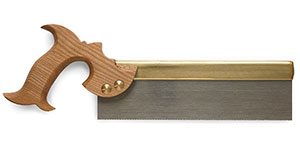
Flush Cutting Saw:
A flush cut saw is a double-edged tool, similar to a veneer saw, that is designed for trimming the ends of dowels, tenons, and other protrusions flush with a surface.
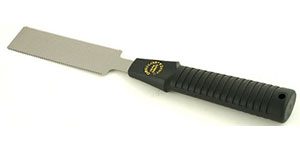
Mitre Box:
A mitre box (US spelling, “miter box”) is a wood working tool used to guide a hand saw to make precise mitre cuts in a board.
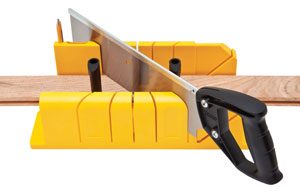
Hand Compound Mitre Saw:
High-precision metal mitre box is made for the discerning old-school woodworker who appreciates the accuracy and craftsmanship of doing things by hand. A wood working tool used to guide a hand saw to make precise mitre cuts in a board.
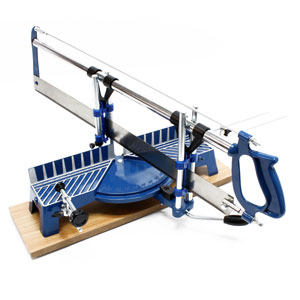
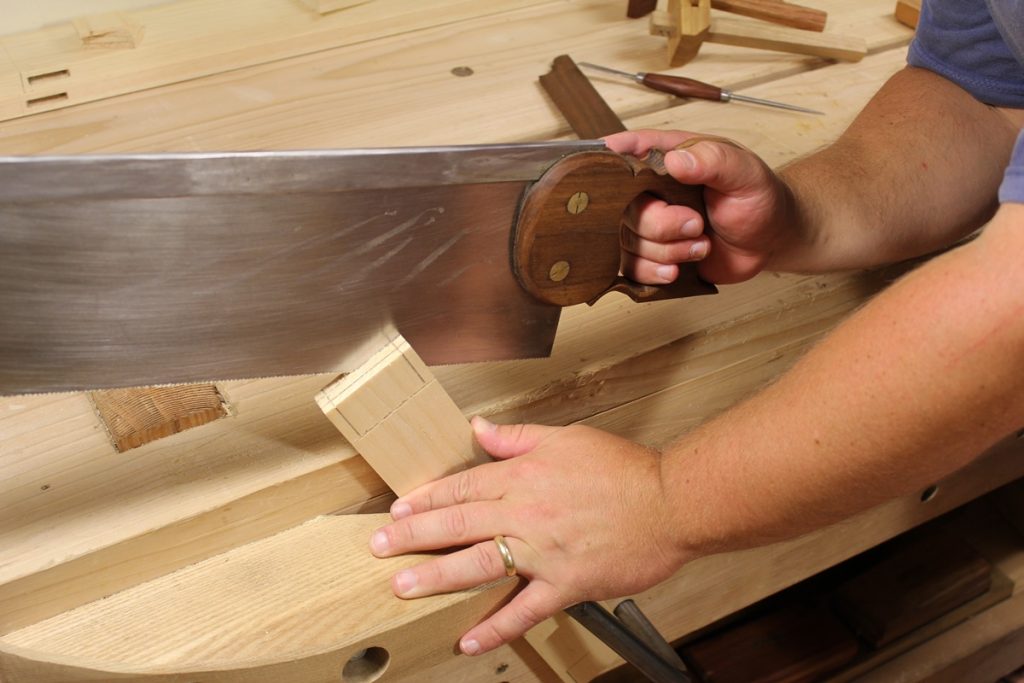
Comments
Add comment